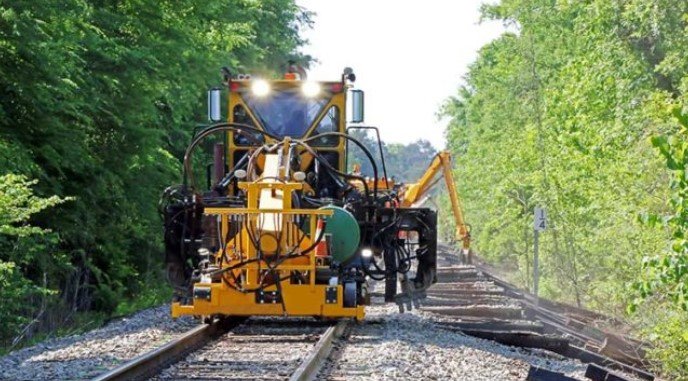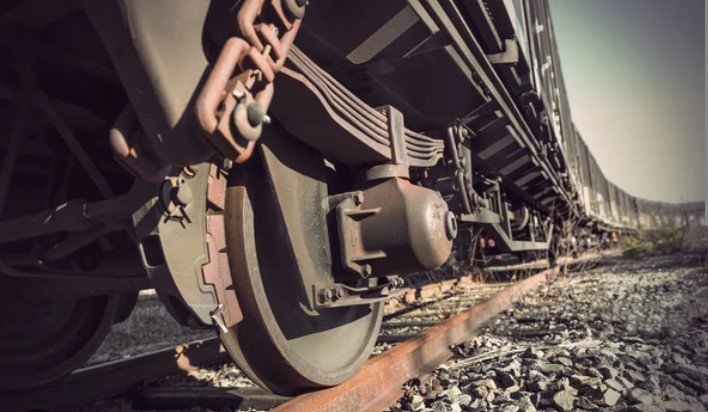Trains have long been regarded as symbols of progress. Their invention and widespread adoption transformed societies and reshaped the world. From revolutionizing transportation to sparking industrial growth, trains played a key role in defining modern civilization. This blog explores how trains became a symbol of progress and how they continue to represent forward-thinking and innovation today.

Trains: A Revolutionary Invention
The advent of trains marked a significant turning point in history. Before the railway system, transportation relied heavily on horse-drawn carriages or ships. Travel was slow and inefficient, particularly over long distances. Trains, powered by steam engines, changed all of that. By the early 19th century, the invention of the steam locomotive opened new doors for transportation. Trains allowed people and goods to travel much faster and over greater distances.
This innovation was revolutionary. For the first time, people could travel from one city to another in a matter of hours, not days. It was the beginning of a new era. The railroad provided a quick and reliable way to connect distant regions, fostering communication and trade. It played a crucial role in accelerating the development of countries around the world.
Trains and Industrial Growth
As trains expanded, so did the industries that relied on them. The railroad industry itself became one of the largest employers and economic drivers of the time. Coal, iron, and steel production boomed to meet the demands of the growing railroad network. Factories thrived as they could now access raw materials more easily and transport finished goods to new markets faster.
The widespread use of trains also spurred the development of new technologies. Innovations in engineering, construction, and communication were directly influenced by the needs of the railway system. Trains became a symbol of industrial progress as they facilitated the rapid growth of cities, factories, and economies worldwide. They represented the strength and potential of modern industrial society.
Connecting People and Ideas
Beyond their economic impact, trains also helped connect people in ways that were previously unimaginable. The expansion of the railway system allowed people from different regions and cultures to meet, share ideas, and exchange knowledge. Cities became hubs of innovation, where diverse groups of people could collaborate and build upon each other’s ideas.
Trains also allowed for the spread of culture, literature, and art. Authors and artists traveled by rail, bringing their work to new audiences. This exchange of ideas helped shape societies and contributed to a more interconnected world. The railway network helped create a global community, one that was increasingly united by the ease of travel and the sharing of knowledge and culture.
Trains as a Symbol of Modernity
Trains quickly became a symbol of modernity and technological progress. People saw the railways as a way to break free from the limitations of the past. As the railroads expanded, so did the sense that humanity was advancing. The train was no longer just a method of transport—it became a representation of human ingenuity and the relentless pursuit of progress.
Railway stations, with their grand architecture and bustling activity, became iconic symbols of modern life. The arrival of a new train was seen as a moment of celebration, a sign that the world was moving forward. This idea persisted throughout the 20th century, even as technology advanced and new forms of transportation emerged. Trains continued to represent the ideals of progress and innovation.
Trains Today: Continuing the Legacy
While trains may no longer be the only symbol of progress, they continue to play a significant role in modern society. High-speed trains now connect cities faster than ever before, and efforts to develop sustainable rail travel are helping to address climate change. Trains still represent the drive for progress, but in a way that is focused on creating a more sustainable and efficient future.
The impact of trains extends far beyond transportation. The rail network continues to be integral to economies around the world, and the technological innovations that were sparked by the rise of trains have influenced countless industries. The symbol of progress that trains embody is still alive today, as we continue to push for faster, greener, and more efficient transportation solutions.
Conclusion
Trains became a symbol of progress through their role in transforming transportation, driving industrial growth, and connecting people and cultures. They were more than just a mode of transport—they represented the possibilities of modern life. Even today, trains continue to symbolize the pursuit of progress, demonstrating the power of innovation and the importance of sustainability. Trains are not just part of our past; they are key to our future.



